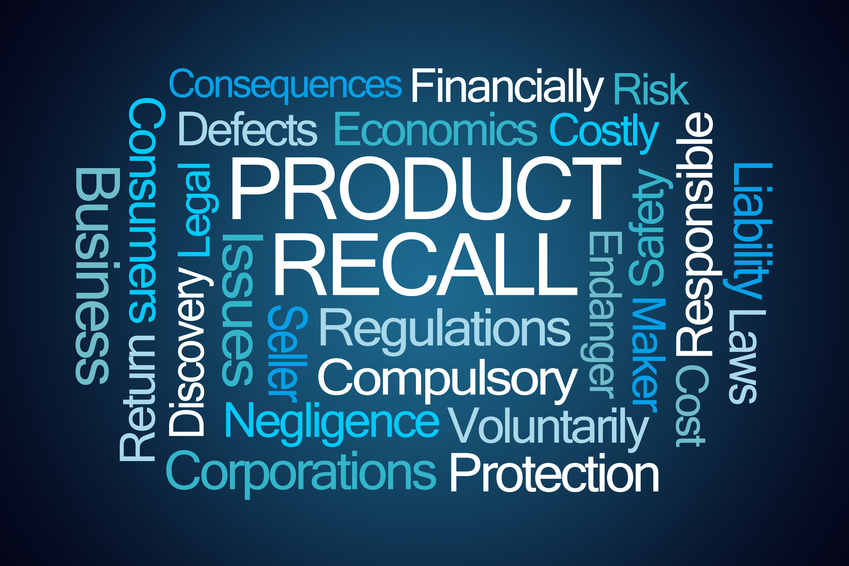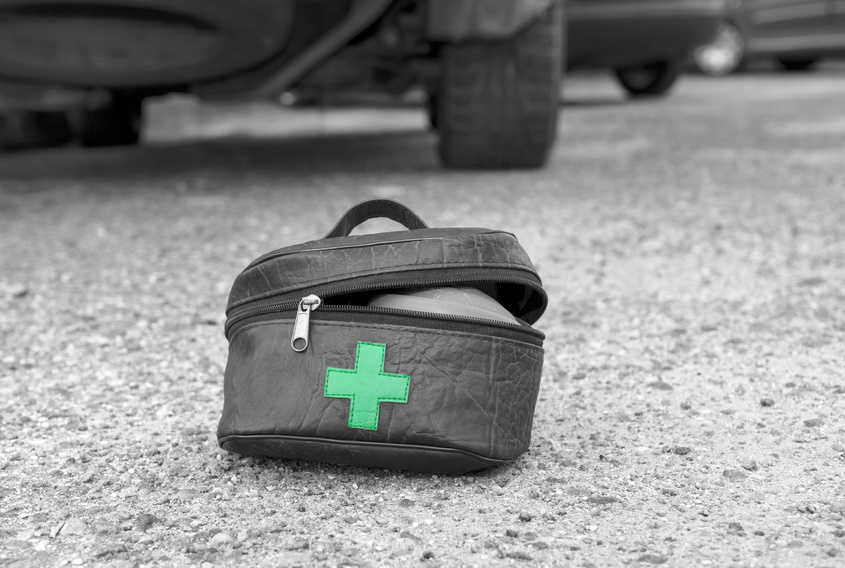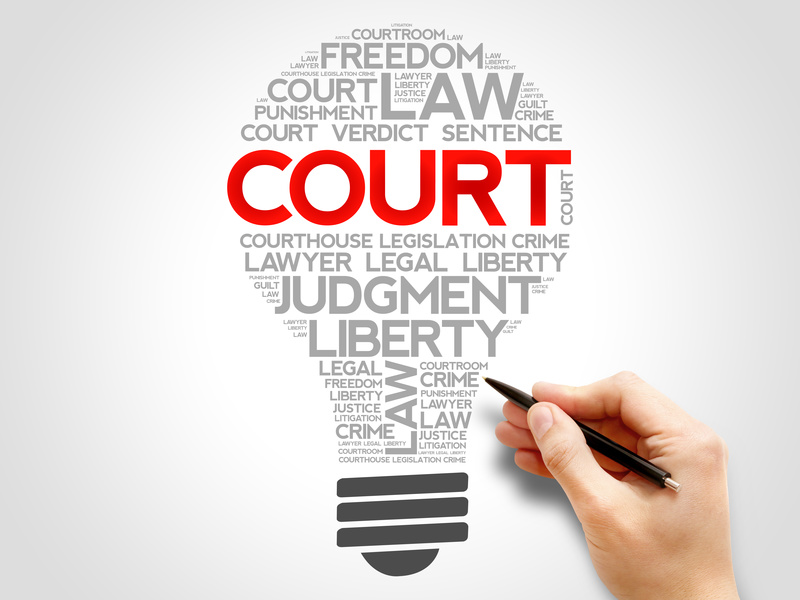Although winter driving can feel like a perilous task, those who educate themselves on how to handle the roads safely can be confident in their skills as the season hits.
Readers Digest has put together a list of precautions that all drivers should take note of if they are planning to hit the roads during the winter months:
“1. Avoid the winter slip ‘n’ slide.
To ensure your vehicle is ready for Canada’s changing winter weather, switch your all-season tires to winter ones before the temperature drops below 7°C. Winter tires optimize the performance and safety of winter driving. The braking distance of a winter tire could be up to two vehicle lengths shorter than the braking distance of an all-season tire rolling at 24 km/h, on a dry or wet roadway, and this distance could increase significantly in the case of an emergency brake.
- Defrost your windows well.
Neglecting to defrost your windows might get you to your destination faster, but it’s a dangerous habit. Plan for a few extra minutes to clean all your car’s windows well. And don’t forget the top of your vehicle-snow could slide down the windshield and obstruct your view while the vehicle is in motion. - Winterize your trunk.
Keeping aroadside safety kit in your trunk year-round is a good idea, but winter driving conditions require extra safety equipment. Make sure your vehicle is equipped with items like a scraper for the windshield, a small shovel, a sandbag, candles, and warm clothing like gloves and a hat. You always have to be ready for whatever bad weather Old Man Winter throws at you this season. - Replace worn tires.
It’s important to check your tires each winter season because worn or bald tires can be dangerous. Tires have tread wear indicator bars molded into them. A solid bar of rubber across the width of the tread means it’s time to replace the tire. Contact your nearest tire dealership if you have any questions or concerns about the wear on your tires. - Don’t mix and match tires.
Mixing tires with different tread patterns, different internal constructions and/or different sizes compromises the stability of the vehicle. Ensure your vehicle is equipped with four identical winter tires. - Top up your fluids.
Make sure you always keep your gas tank at least half full. On very cold days, the condensation in the tank can freeze and cause problems. Also, don’t forget about your windshield-washer fluid! - Pump up your car tires.
For every 5°C drop in temperature, tires lose one pound of air pressure. To ensure optimum fuel efficiency and prevent irregular or premature wear, tire inflation should be checked monthly. - Don’t rely on your car’s four wheel drive or electronic systems.
Advanced systems like four-wheel drive, electronic stability control and anti-lock braking provide vehicle stability and power transmission but are not substitutes for winter tires. Winter tires offer optimized traction during braking, acceleration and handling. Remember, your brakes stop the wheels, but it’s the tires that are in contact with the road and that ultimately stop the vehicle. - Take a cellphone.
For long trips, don’t forget to take a cellphone in case you need to call for help. Pull over to the side of the road and stop your vehicle before making the call.
10.Buckle up and adjust your driving to road conditions!”
By adhering to the aforementioned rules of winter driving, you can be sure that you’ve sufficiently prepared yourself for the onslaught of snowy driving conditions that are to come.
Fast dial #1000 free from your cell and we’ll get you the support you need.















